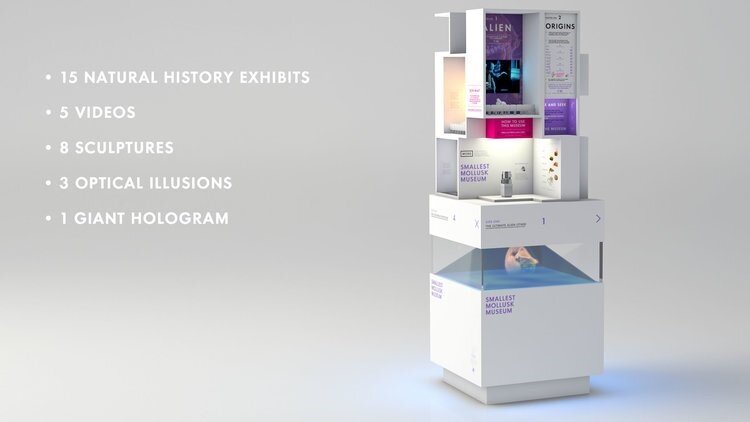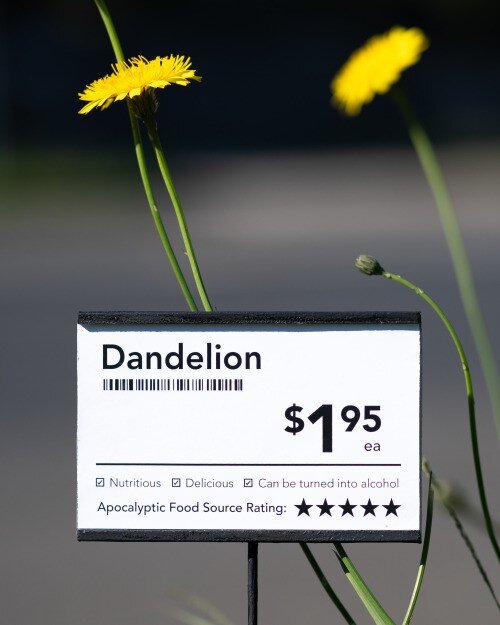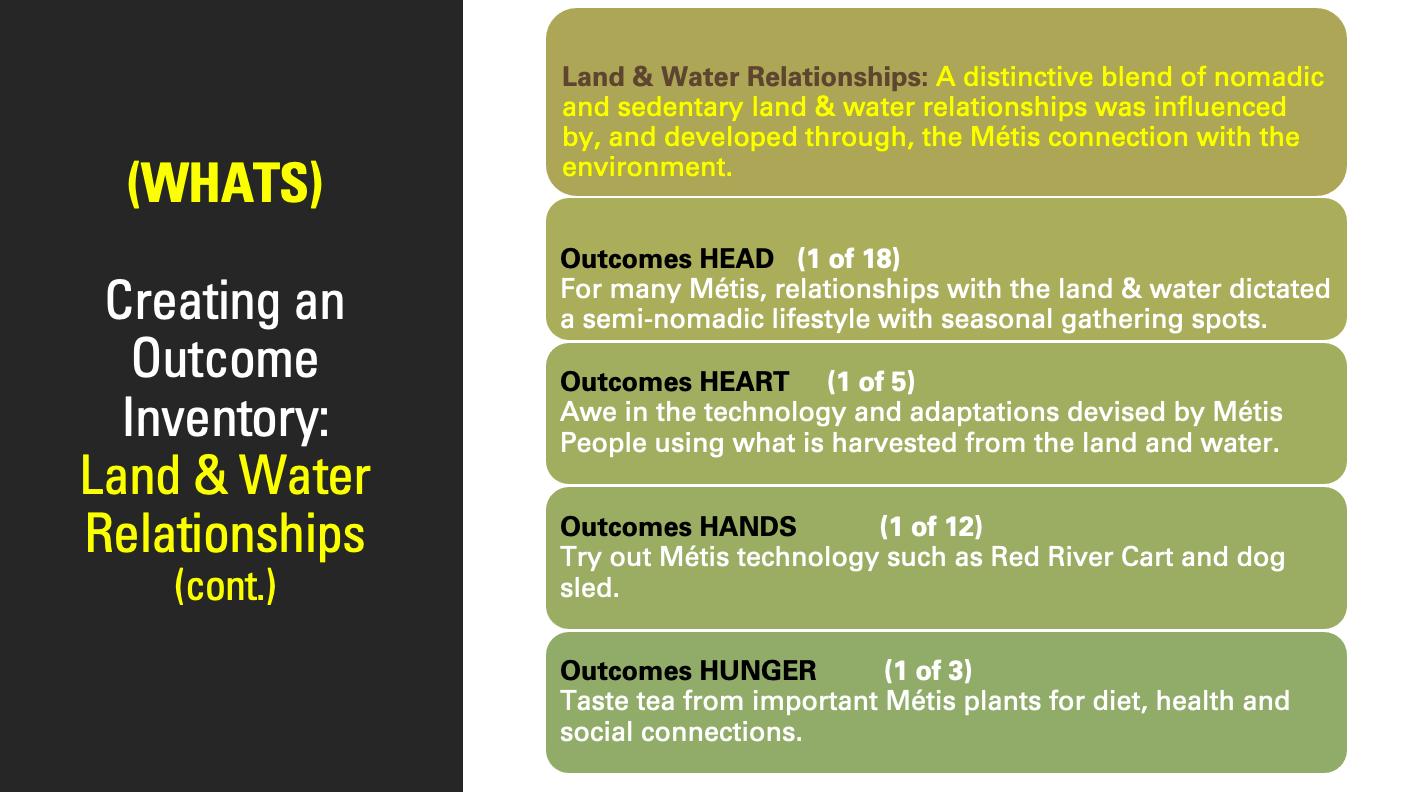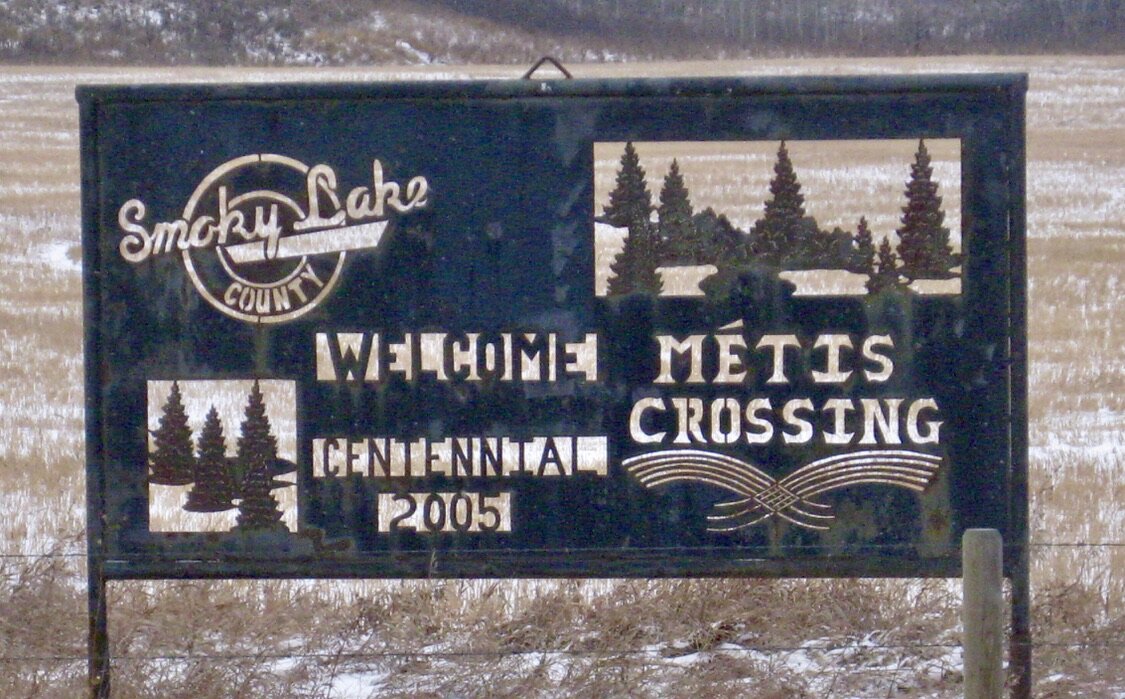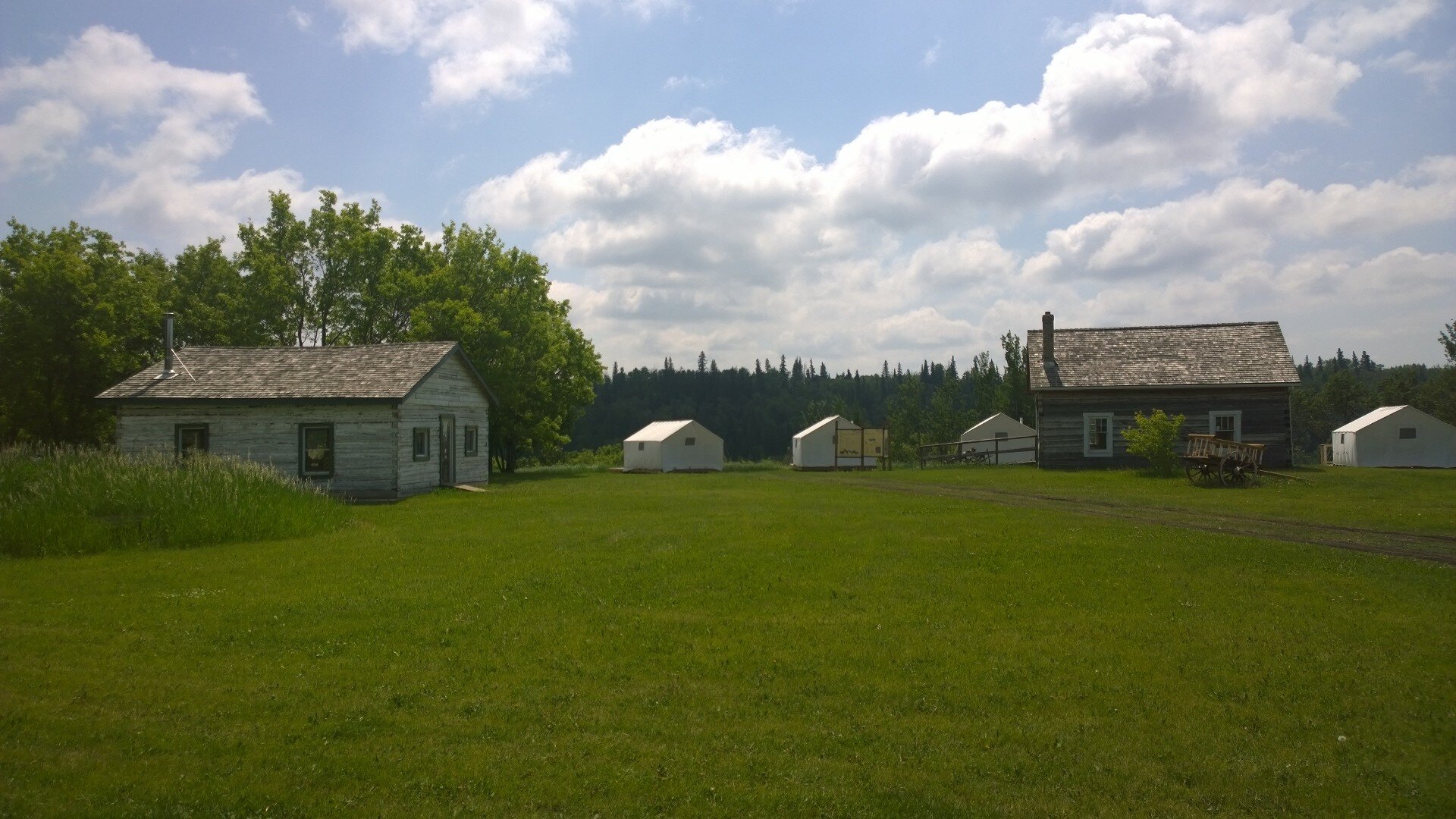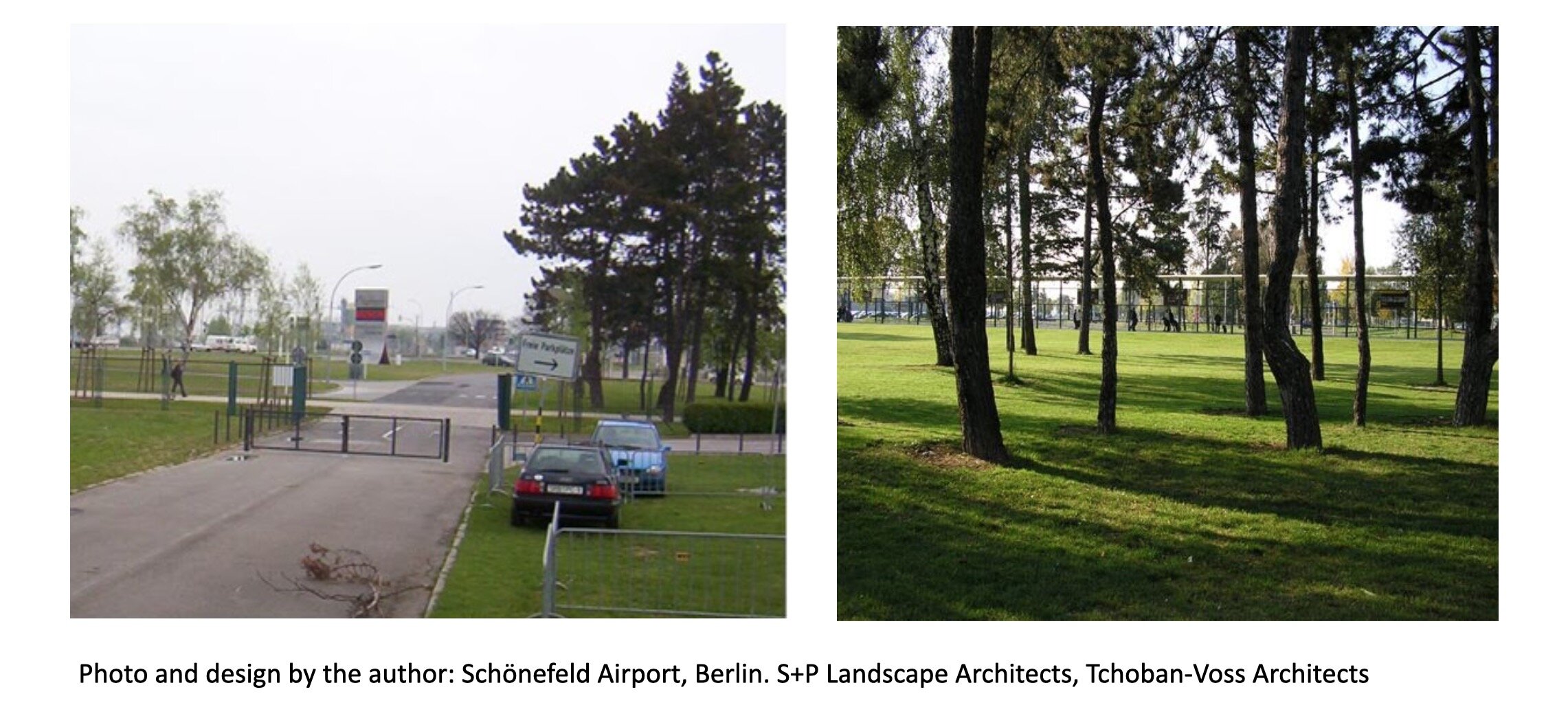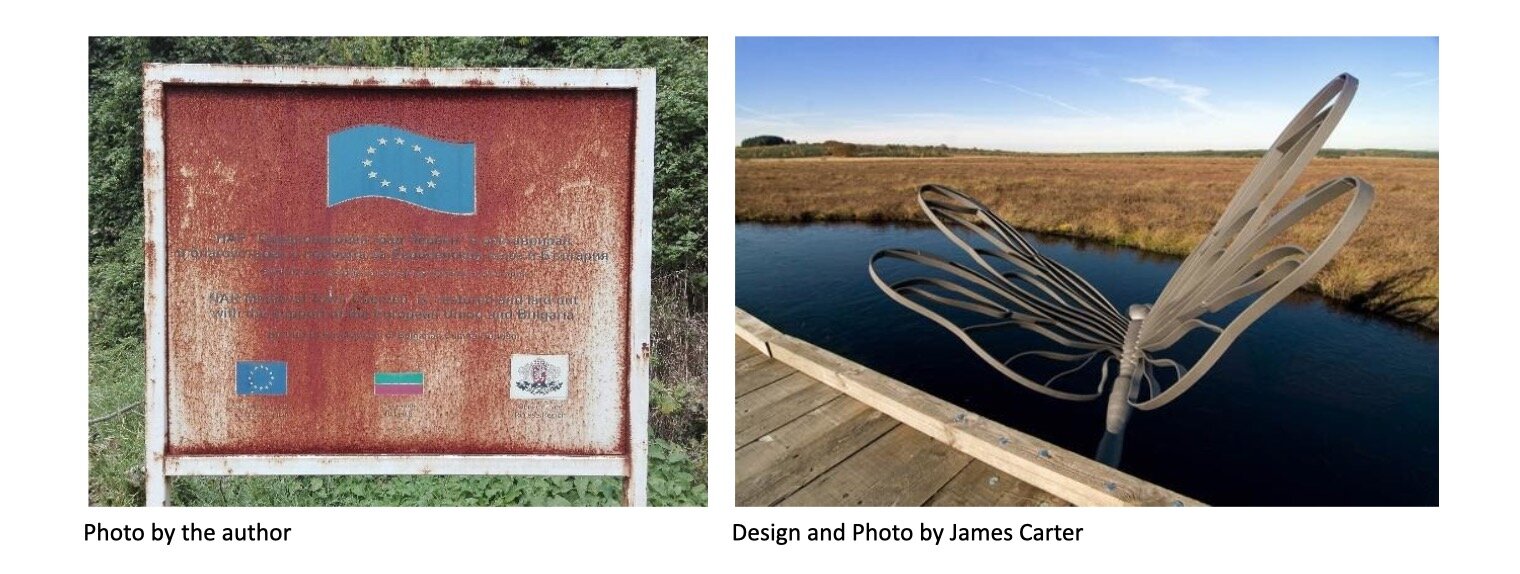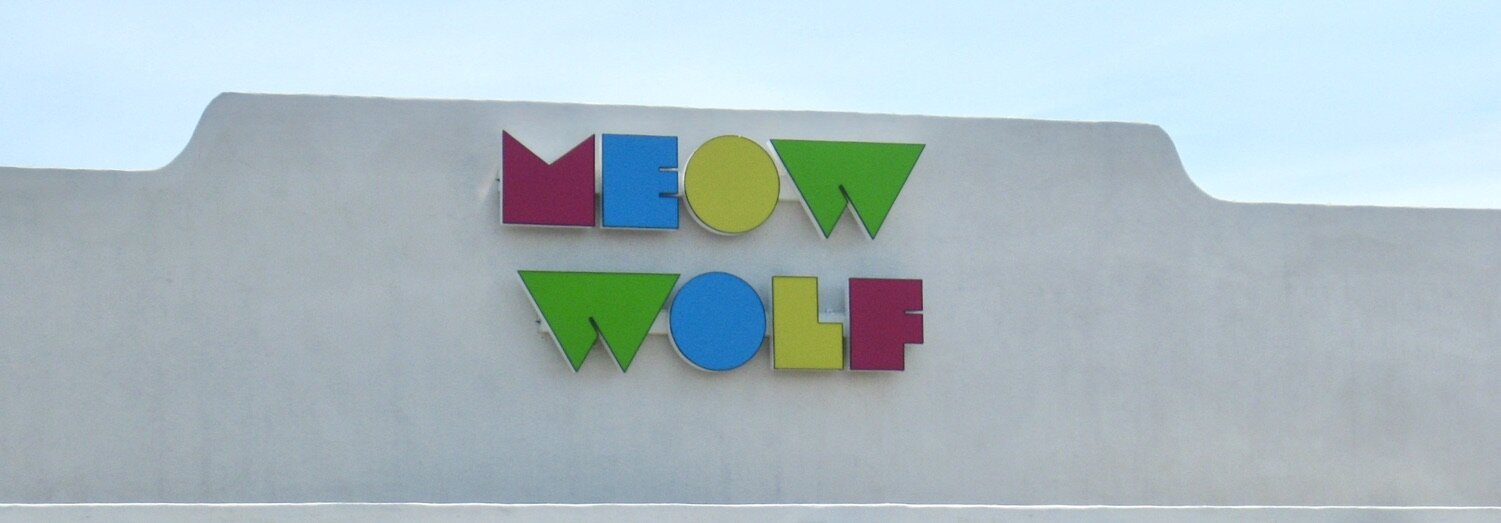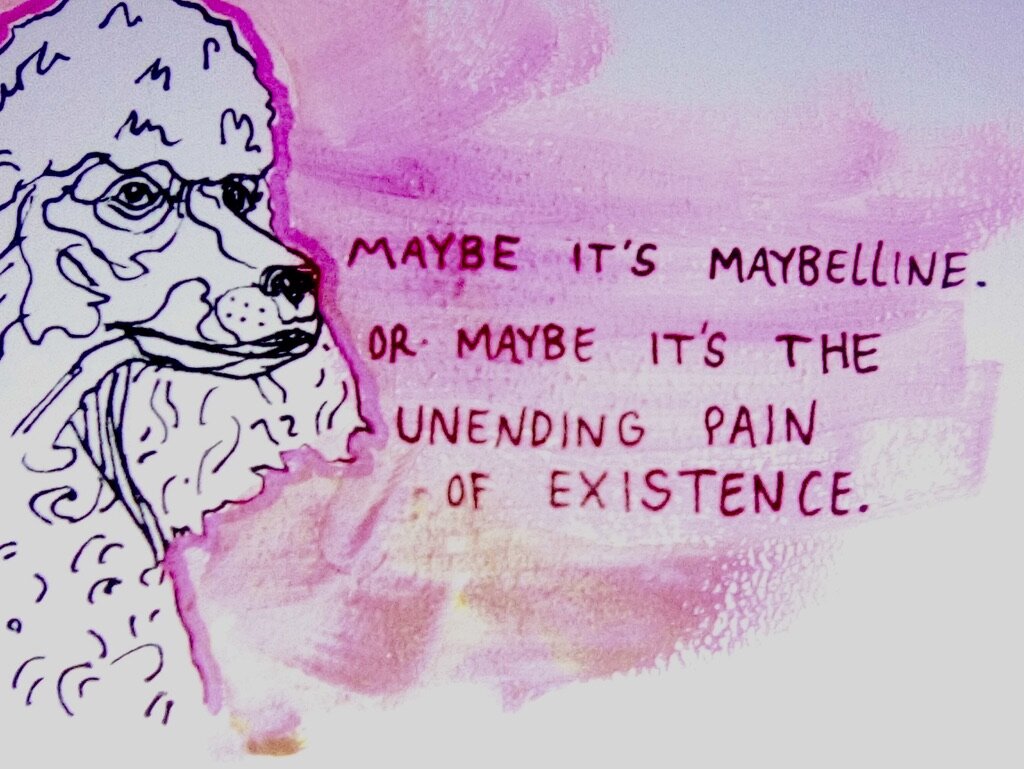In the autumn, social media headlines can seem like falling colourful leaves where some can be eye-catching enough to grab your attention. This month I discovered blogger Kate and her website Museum Drip: Flexin on Art History and Museums. You are no doubt familiar with the “one thing led to another” expression. In this case enticing little literary leaves having fallen and scattered about on a blogger’s page triggered my interest. My computer mouse finger responded.
Is looking, learning?
In her post Art Museums: Is Education the Objective?, the core of the article dealt with increased understanding for the critical role of the interpreter. She came right out stating that “… with all of this mounting evidence that art museums need to connect to audiences to remain relevant, there continues to be pushback against doing it.” {witness recent cuts to education/interpretation staff and docents}. Kate delved into this in a very refreshing way. One avenue worth exploring was whether looking is learning for all visitors. She also addressed the institutional quandary of how “inserting a mediated experience can interrupt the transcendence of immersing yourself in an artwork.” She even poked some fun at this sentence and its comprehensibility.
Credit: Bill Reynolds
Even though this post talked about an art museum, the role of the interpreter and the situation of a guided (mediated) experience butting up against the art curator concept of looking is learning, is just as relevant to exploring a natural environment or historic house. Looking can be enhanced by an interpretive guide approach and accomplish many of the core values as set out below.
Kate included the core values of interpretation as prescribed by the Association of Art Museum Interpretation (AAMI):
Creates multiple pathways for understanding by creating an experience that equally values the visitor, the art object, and the organization’s mission.
Encourages audiences of varying backgrounds, knowledge levels, and learning styles to make relevant connections between art, ideas, and their lived experience.
Practices socially, intellectually, and physically accessible and inclusive interpretive strategies onsite, offsite, and online.
Creates learning opportunities that invite visitors to shift previously held views and expectations through intentional, respectful, and often playful provocation,
Utilizes collaboration, curiosity-driven experimentation, rigorous evaluation, reflection, and skill building, to create meaningful interpretive experiences.
Regardless of where you interpret, these points are valid and unpacking their meaning could be worth several blog posts. Suffice it to say, spend some time reviewing these statements as an evaluative checklist for your facility and its programming.
Some quick highlights: The second bullet focuses on the variable characteristics of your audience, something that can never be overstated yet is so often forgotten during program design. This is the first time I have seen playful and provocation linked together and I like it. Can you remember the last time you incorporated playful provocation? The last bullet above captures so much to be conscious of when planning an experience that it deserves abit of reflection time and self-analysis. (So, read it over slowly and spend some time doing exactly that).
Anybody interested in a creative, no-holds- barred, group zoom session, on how you might accomplish elements of each of the following 5 values when presented with an artifact of EID’s choosing? If interested, drop us a line at contact@eidcoaching.com and we will set something up.
In relation to art museums, the article introduced an interesting term - empathetic thinking. My immediate response was how this is potentially relevant for all interpretive environments. The art world examples are why EID always advocates that we share across fields of education and interpretation, because we can gain from new twists on existing perspectives.
Community Engagement
Kate mentioned the Delaware Art Museum and their multi-year project to engage their community because it impressed her, resulting in a paradigm shift. This was another colourful, intriguing leaf fluttering by, so I took a peek and investigated further, being glad I did.
Courtesy AAMI website
Planning for gallery reinstallation meant involving the community, curators, and educators. Not only did they attack the curator/educator divide but they also ramped up participatory dialogue with visitors! The use of community salons and prototyping workshops collecting visitor feedback from post-it notes led to “clusters” of ideas. This process resulted in the realization that adding voices to walls permanently would be invaluable. The team decided that there was a need in all future endeavours to incorporate more frequent access to visitor’s ideas, questions, and opinions. For more background, read the full article on AAMI’s website:
https://artmuseuminterp.org/2019/09/26/centering-community-relevance-in-reinstallation-planning/
R-E-S-P-E-C-T & silo dismantling
She referred to her earlier post Cardboard Cutout Kids: Museum Field Trips & Interdepartmental Buy-In on the subject of how interpreters can gain respect from internal colleagues and how to bridge the gap between departmental silos (one of my favourite topics). Another leaf floating by that got plucked up for its inspiration…
On the subject of counteracting the GET NO RESPECT situation, she looked at better internal profiling for the profession. Kate brought up the point about museum field trips being a daily occurrence, so they tend to be talked about less often, and primarily only in terms of sheer numbers. Her super effective solution was to highlight one or two adorable, hilarious or profound things that happened during a field trip and share it weekly via email to the full staff.
Those weekly emails were a great way to crack the door open to set up tour shadowing for people in other departments. This was successful in her facility. Kate declares that everything that happens in a museum is interconnected, so it’s important for everyone including collections staff, curators, event planners, marketers and fundraisers, to see how the collection and galleries are used on a school tour while sensing the multiple benefits being gained through organizational and communication skills. This also results in a great feedback process.
If you are wondering whether this will be a rewarding and fun read, here is an example of her relevant, conversational style when describing school field trips: “…you just can’t really fathom the lack of personal space, the feeling of constantly being “on,” the number of conversations you need to carry on simultaneously, the trickiness of transitioning from one lesson or space to the next, the planning your lunch food for maximum wolf-it-down-fast-ness.” Combined with some images that will have you chuckling, giving this blog a read will not disappoint. https://museumdrip.com/2021/09/12/cardboard-cutout-kids-museum-field-trips-interdepartmental-buy-in/
Being comfortable & accepted
Her reference to the Hello wall as an example of effective field trip welcoming meant a third leaf found itself pirouetting into my view, in the form of a referral post titled, Five Things I Look for in a “Welcoming” Art Museum. Many of our EID posts talk about the importance of welcoming and designing for visitor anticipation. Especially our A Tale of Two Welcomes and What Make a Happy Heritage Facility delved into this important topic.
EID and Museum Drip are both aligned on this concept of welcoming, which is connected to the fact that people need to see themselves represented in public spaces. This relates to all human age, race, gender and ability characteristics along with learning styles. Kate drilled down on children, emphasizing that one’s facility needs to show it is aware of children (with and without adults) – that they are wanted and embraced as visitors even when they are not with their class. If this isn’t visible in the galleries/exhibit areas, but only down a back corridor (in a special room), then it doesn’t count.
Drawers at child level
Photo credit Bill Reynolds
Kate expounded that “since most museum visitors are not art-world insiders, a child-centered exhibition strategy that considers how to make complex art concepts accessible, actually works well for visitors of all ages.” EID stresses this approach ad-nauseum and advocates its applicability for all heritage subjects. I have often found written self- guided activities done for school classes tucked away from the general public’s purview. They should have been available for weekend use, because they were extremely well done and promoted investigative curiosity. I fear this is another silo needing to be bridged – that between the public programmers and school programmers. Watch out for those walls, not only between but within departments.
Not only a bench but a themed one to boot in a botanic garden’s aquatic habitat
Photo credit Bill Reynolds
My favourite quote of all three blogs has to be this one. “For the love of Ruth. LET PEOPLE SIT DOWN.” One, because I have not heard that expression in a long time and for some reason it always commands my attention while making me smile at the same time. Can’t tell you why. Two, because she is addressing one of EID’s pet peeves from a visitor experience design perspective. Interpretive designers know this and if they were brought in to the exhibit planning table, the human need for rest and reflection would be designed in.
Finally, how about this zinger that appeared in her blog: “9/10 art museum’s style guides for writing their wall texts say something along the lines of “we assume that our audience is educated, but not experts on art,” and probably 2/10 art museums actually write their texts that way.” How do we get that changed? Through respect for the art of interpretation? Through silo breaking? Through seeing a range of visitor types being represented? Through hearing community voices on the walls?
Be a leaf peeper this fall and let your curiosity run amok. Maybe even gather up a pile and dive in. You never know what will surface. (Note: I live in a temperate deciduous forest).
Hello, World!























































